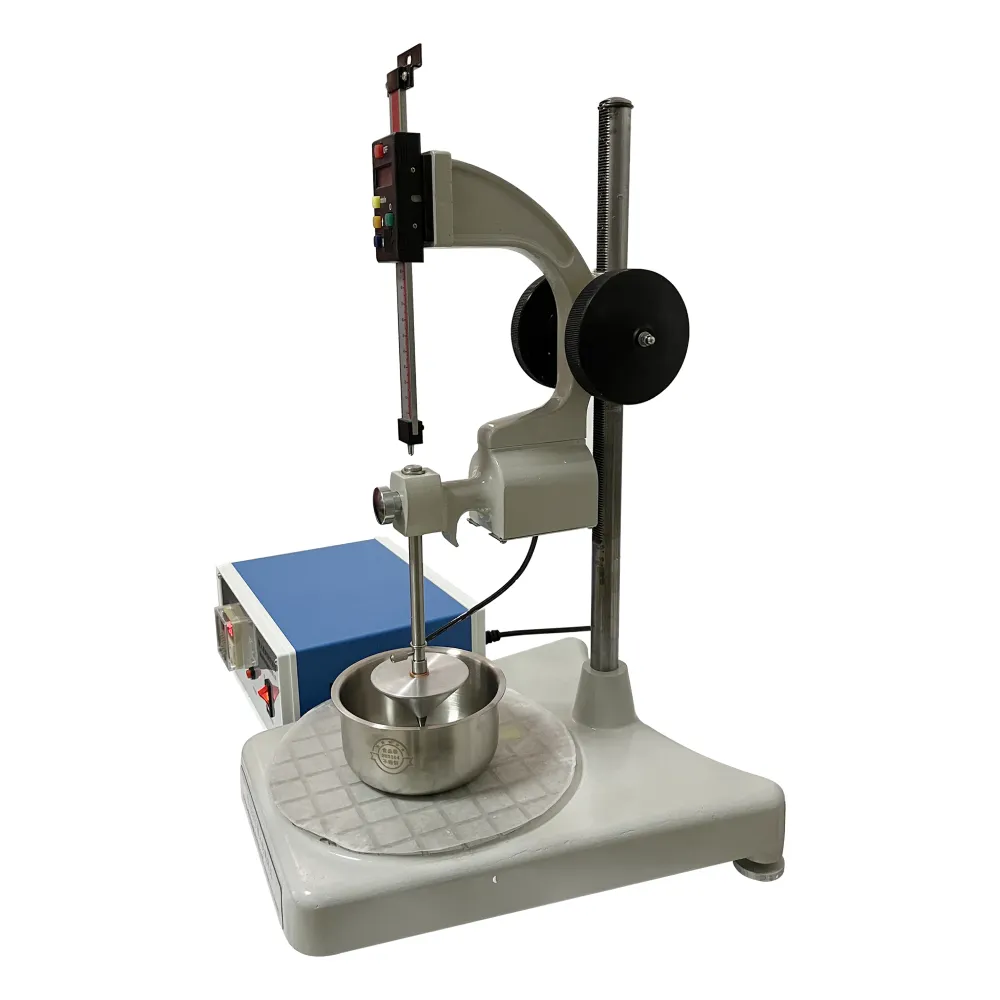 English
English


dc hipot test standard
Understanding the DC Hipot Test Standard
The Direct Current (DC) Hipot test, also known as the dielectric withstand test, is a critical procedure used primarily in electrical engineering to ensure the safety and performance of insulation systems in electrical devices. This test is essential for manufacturers and testing laboratories to verify that insulation can withstand high voltages without breaking down. The DC Hipot test standard outlines the methods and parameters necessary to conduct this test effectively.
At its core, the DC Hipot test applies a high DC voltage to the insulation of a device to assess its integrity. It is generally used in cables, transformers, motors, and other electrical equipment. The main purpose of the test is to detect any potential breakdowns in insulation that could lead to equipment failure or safety hazards during operation.
Understanding the DC Hipot Test Standard
Before beginning the test, it is crucial to ensure that all safety precautions are in place. The test should be conducted by trained professionals equipped with personal protective equipment (PPE) to mitigate any risks associated with high voltage. Additionally, appropriate grounding techniques should be implemented to safeguard against electrical shocks.
dc hipot test standard

Once the test is underway, the voltage is gradually increased to the designated level while monitoring the current flow. A low leakage current is acceptable, indicating that the insulation is intact. However, if the current exceeds a certain threshold or if there is a breakdown, the insulation is deemed faulty. Post-test documentation is essential for maintaining compliance and ensuring traceability.
According to various industry standards, including those from the International Electrotechnical Commission (IEC) and the American National Standards Institute (ANSI), the DC Hipot test should be conducted under controlled conditions to ensure repeatability and accuracy. Environmental factors, such as temperature and humidity, can influence the test results, so these conditions must be standardized.
One of the advantages of the DC Hipot test is its effectiveness in revealing weak points in insulation that might not be apparent under normal operating conditions. However, it is important to note that while the test can indicate potential failures, it does not provide information on the lifespan of the insulation material.
In conclusion, the DC Hipot test standard is an essential framework for assessing the electrical integrity of insulation materials in various devices. By adhering to established protocols and ensuring safety measures, manufacturers can effectively evaluate the reliability of their products and enhance the overall safety of electrical systems. Regular compliance with these standards not only protects end-users but also reinforces the credibility of manufacturers in the competitive electrical engineering marketplace.
-
Differences between open cup flash point tester and closed cup flash point testerNewsOct.31,2024
-
The Reliable Load Tap ChangerNewsOct.23,2024
-
The Essential Guide to Hipot TestersNewsOct.23,2024
-
The Digital Insulation TesterNewsOct.23,2024
-
The Best Earth Loop Impedance Tester for SaleNewsOct.23,2024
-
Tan Delta Tester--The Essential Tool for Electrical Insulation TestingNewsOct.23,2024





